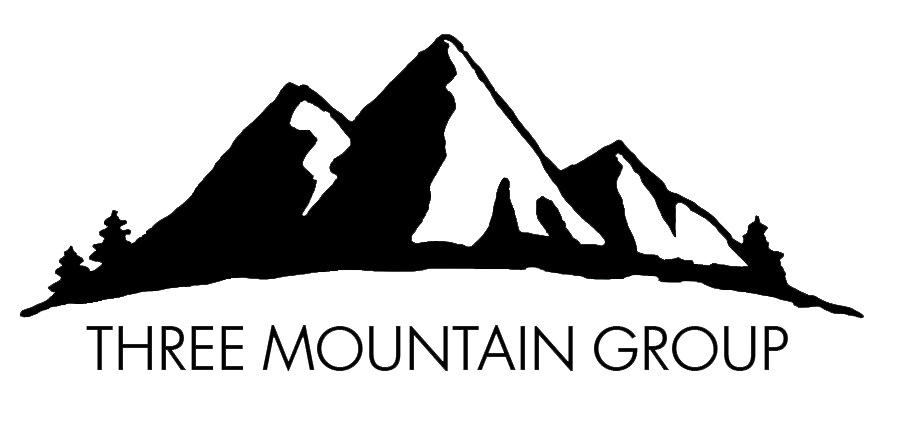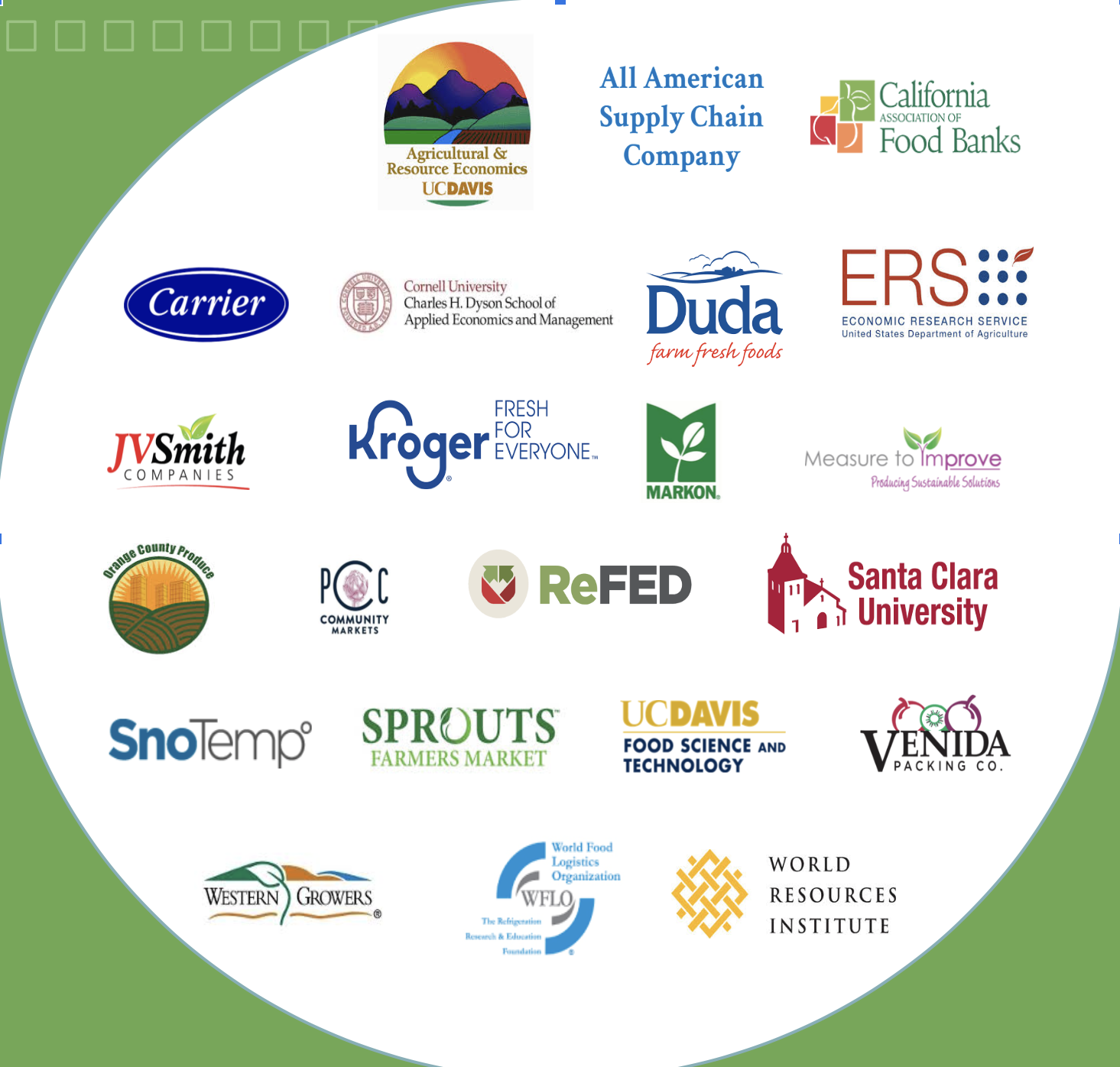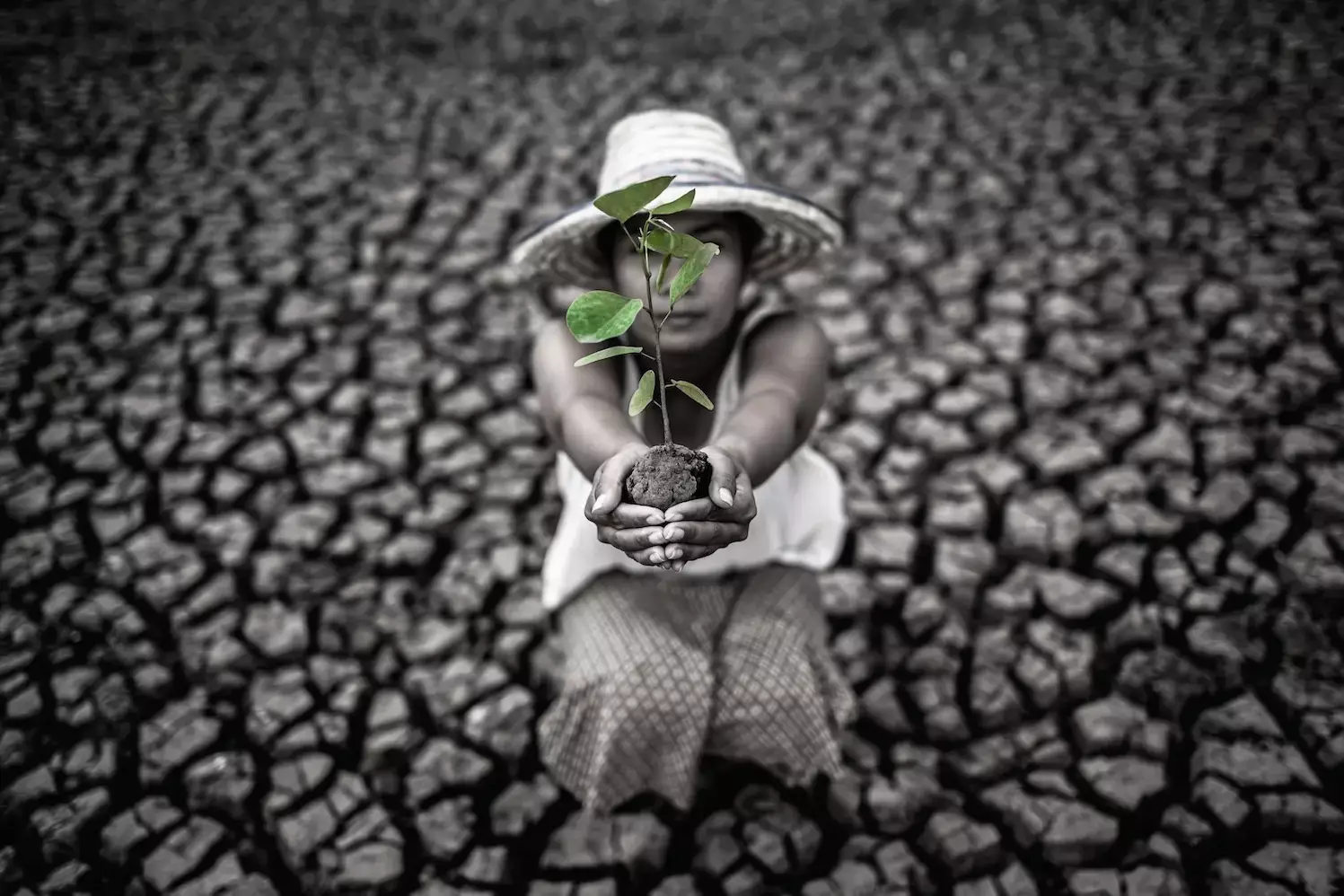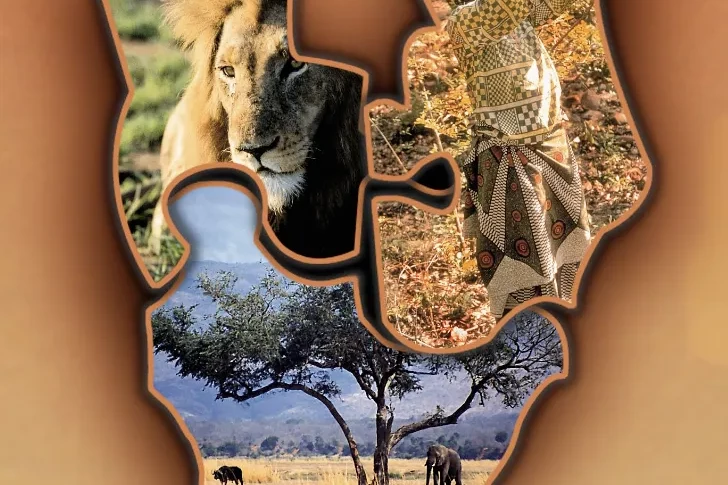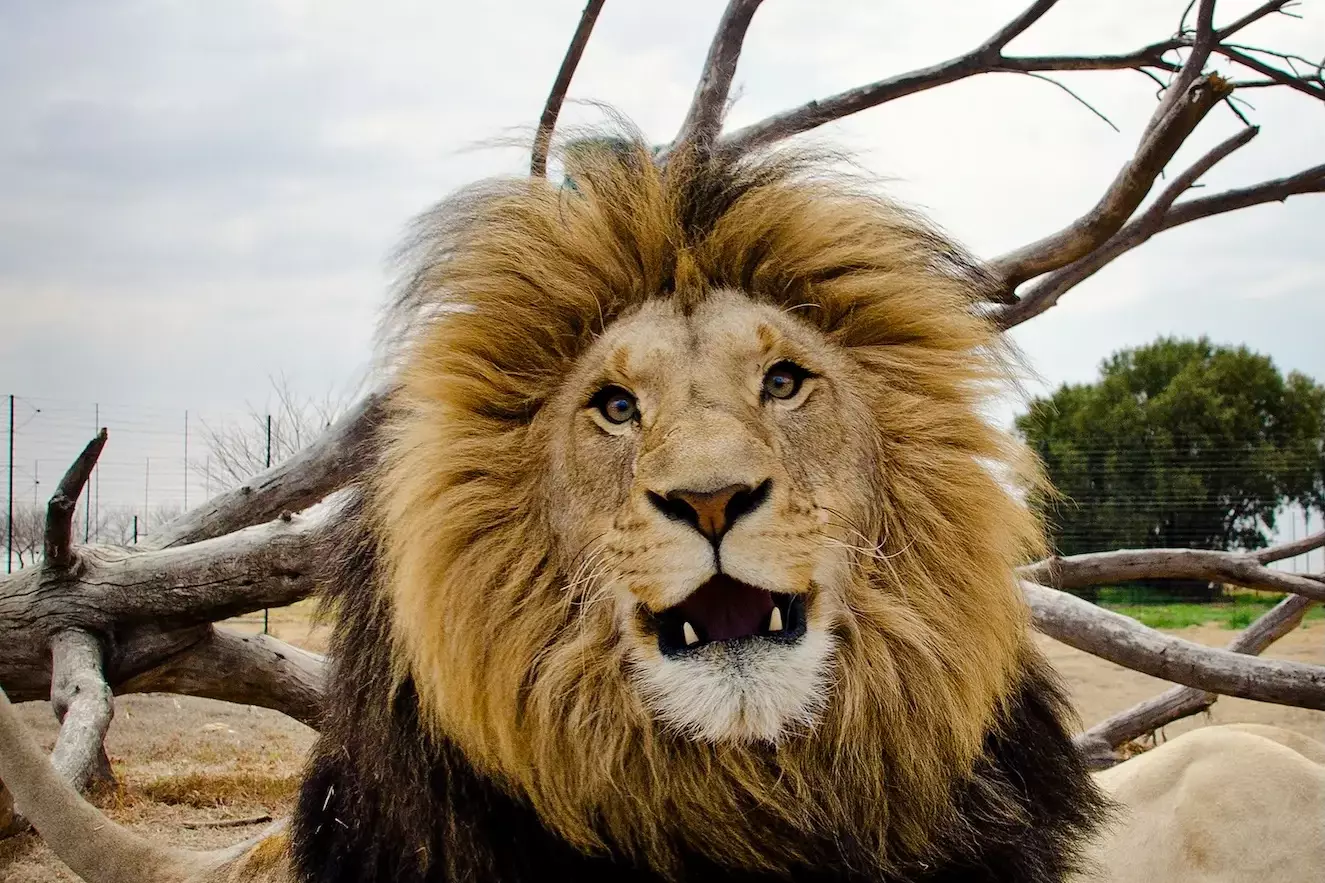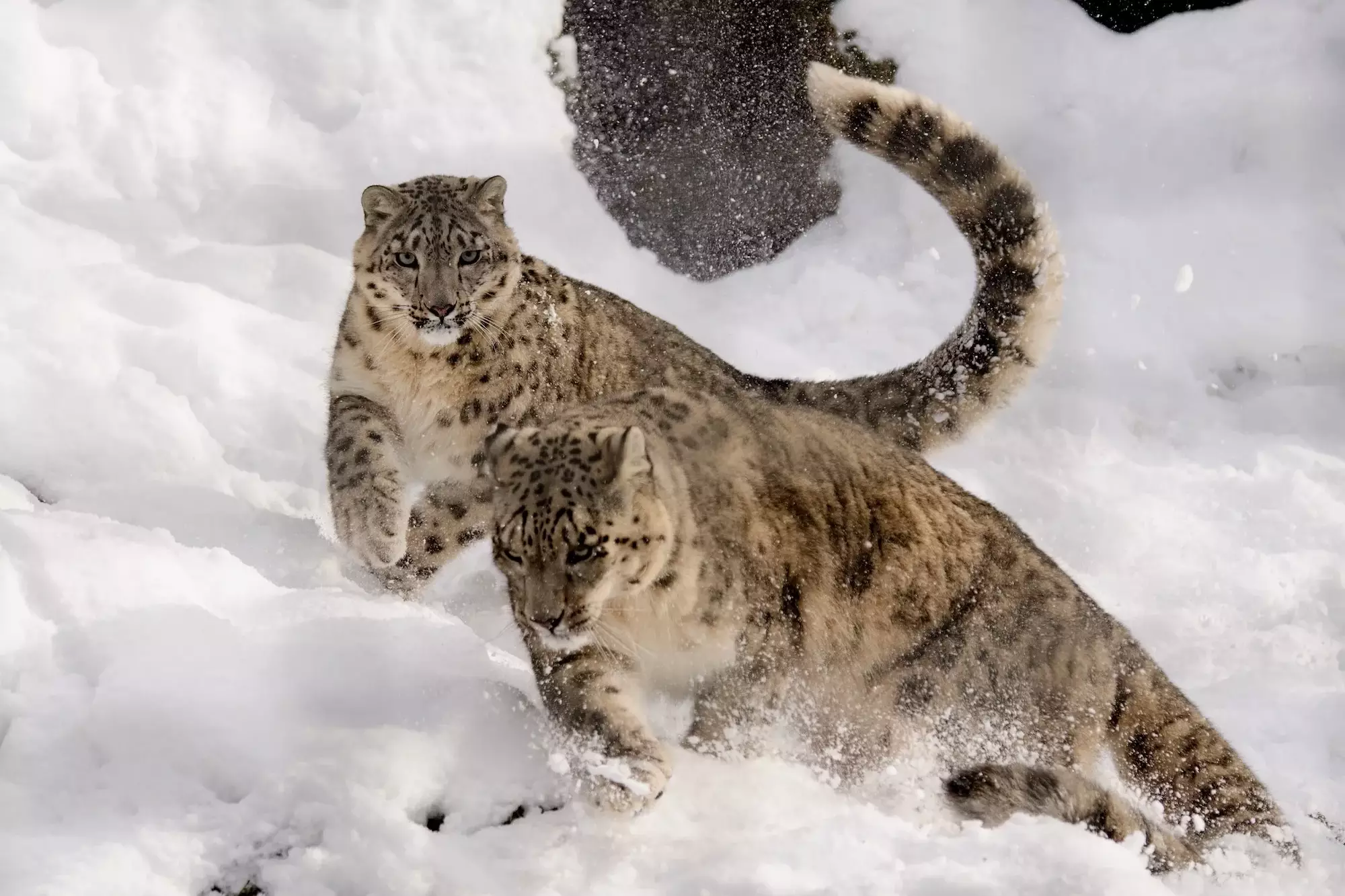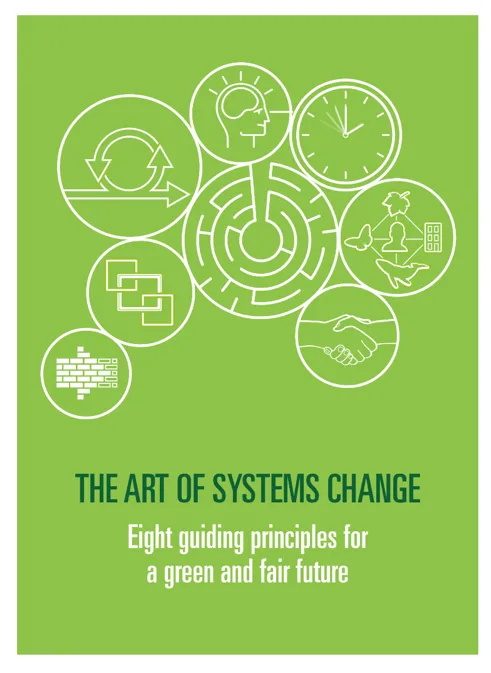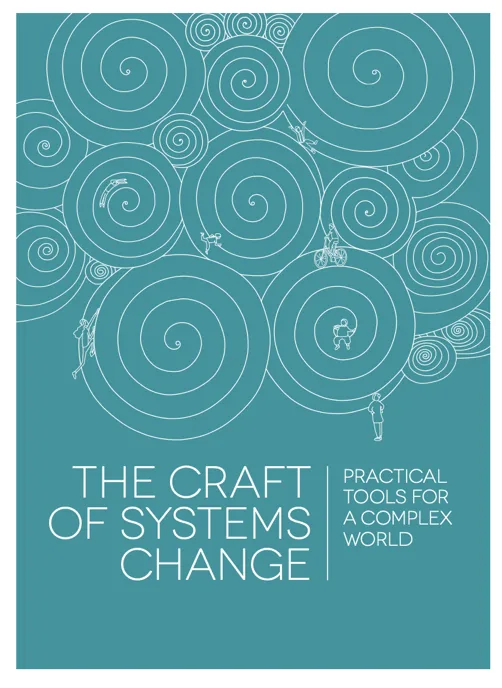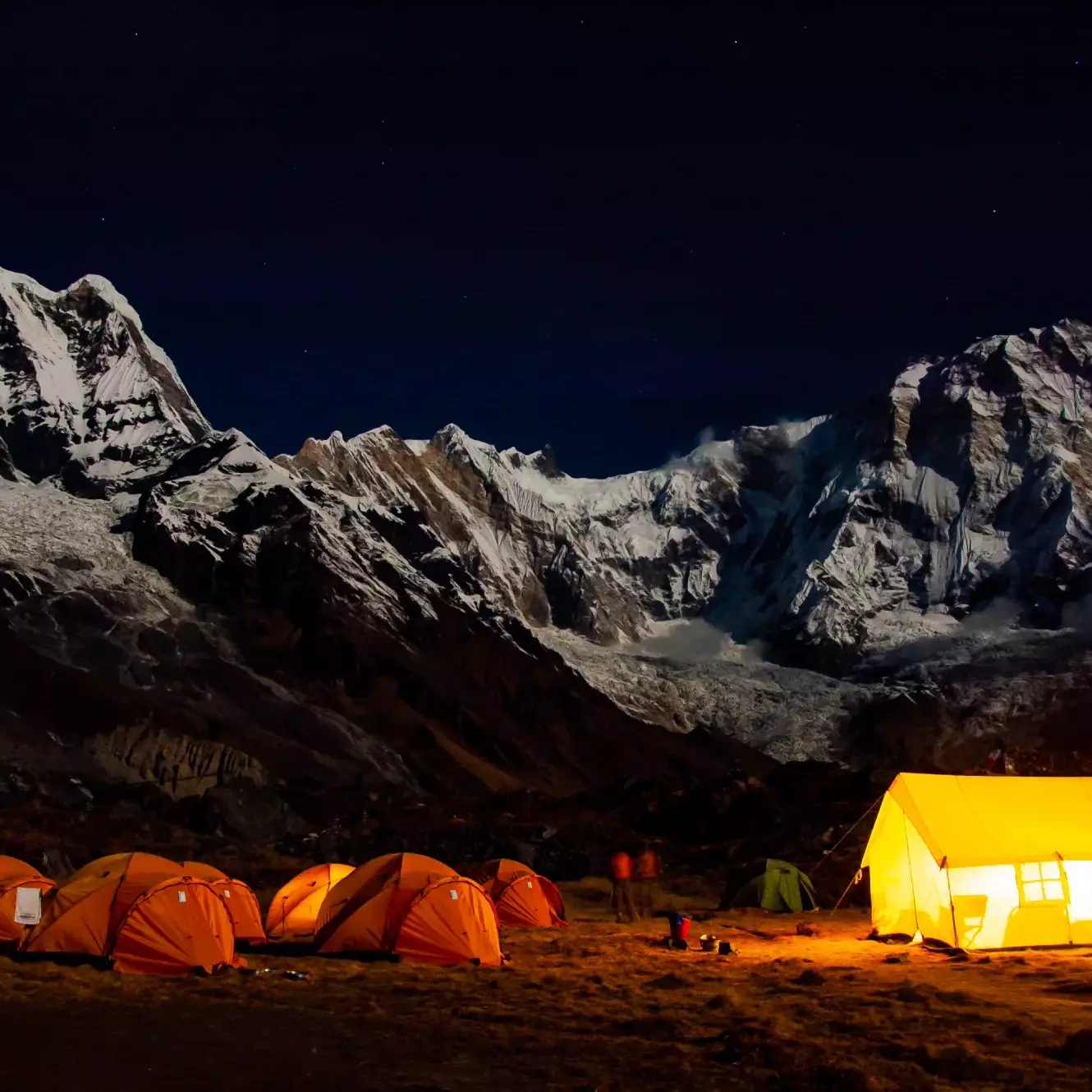The Opportunity: Addressed one of the highest impacts on biodiversity loss and land conversion as well as greenhouse gas emissions by exploring how to reduce food waste and loss in the US across the entire supply chain from farm to consumer. The business of global food production has the largest environmental impact of any human activity. It is therefore critical for innovative multi-stakeholder systems-level advancements to measure and better understand what drives loss and improve the efficiency of our produce supply chain, while also minimizing the gap between the food that’s grown and those who are in need—a win-win for business, nature, and people.
Food production accounts for an estimated 70% of biodiversity loss, 70% of freshwater use, 25-35% of greenhouse gas emissions (GHGs), and 50% of soil erosion. In the US an estimated 10 million tons of specialty crops grown on farms each year never gets harvested or makes it past the farm gate – due to various problems in the supply chain – about a third of what’s grown. We produce more than enough food to feed all people currently on the planet, but it is estimated that we waste one third of all calories produced globally.
Our Partners: Food production and consumption are part of interconnected and complex systems, and actors from across the value chains must be part of designing and driving solutions. 37 key players across the entire supply chain including key produce supply chain actors (such as farmers, cold storage and logistics companies, processors, retail produce buyers, food rescue agencies), as well as experts in consumer insights, sustainability, post-harvest loss innovation and technology, and food waste economics: World Wildlife Fund (WWF), World Resources Institute (WRI), Kroger, Sprouts Farmers Market Raley’s and other Retailers, Snow Temp, Lineage Logistics, Carrier, Western Growers Association, JV Smith Farms, Duda Farms and other Growers, and Cornell, UC Davis and other University Researchers.
The Journey: A 6-month process of convening and engaging with diverse actors throughout the food supply chain, through interviews, mapping of critical leverage points, deep-dialogue focused group brainstorming sessions to discuss and begin to develop potential interventions and a rapid cycle prototyping supply chain summit to develop actionable and approachable interventions to minimize produce loss and surplus—both on-farm, as well as along the supply chain with results focused on 5 core solution areas that could be approached holistically to begin to reduce produce loss and surplus across the value chain.
The Result: Developed a set of interventions that would focus on a holistic, system-based approach, rather than on any one single supply chain segment. Identified high leverage opportunities to reduce food waste and loss with proposed experiments in five critical areas. Sparked new discussions and built relationships across the supply chain through the process to strengthen the commitment to seek funding together and to implement jointly developed initiatives by sub-groups of actors in the following five pilot areas:
- Mapping of food loss and waste hotspots through the cold chain.
- Alignment and consolidation of database for predictive analytics, forecasting and benchmarking.
- Consumer awareness campaign to increase sales of surplus and imperfect produce through e-commerce platforms.
- Pilot of improved and innovative contracting systems through whole-crop contracting; and
- Grower-to-grower collaboration on data collection to measure loss across years to enhance efficiencies and raise awareness of food loss and waste opportunities.
